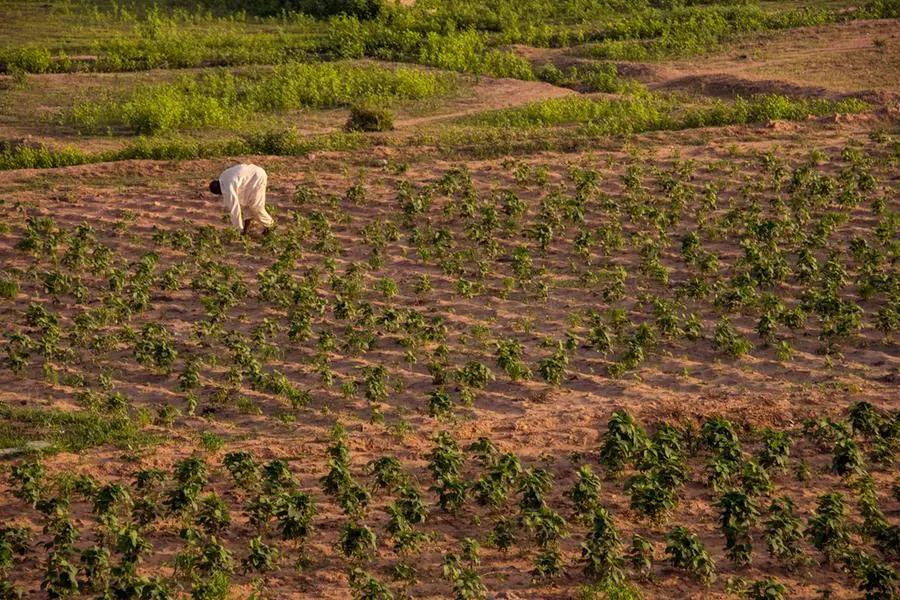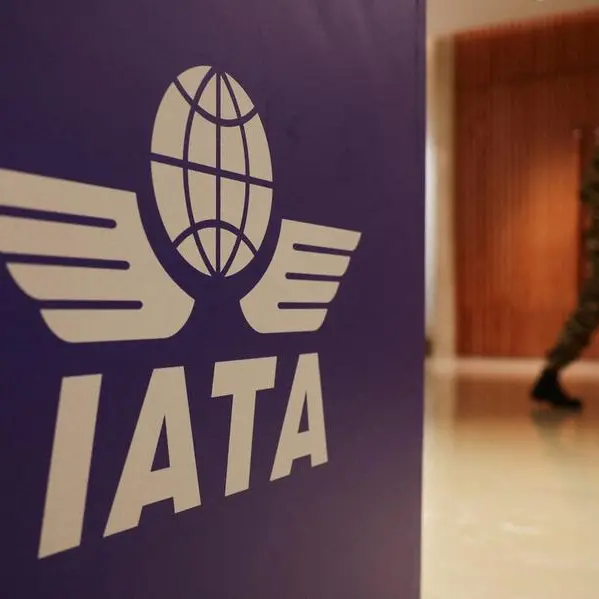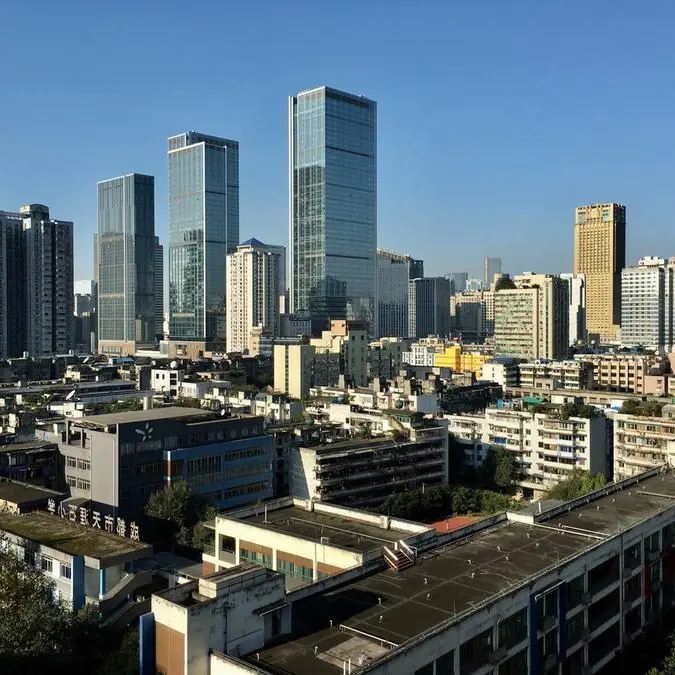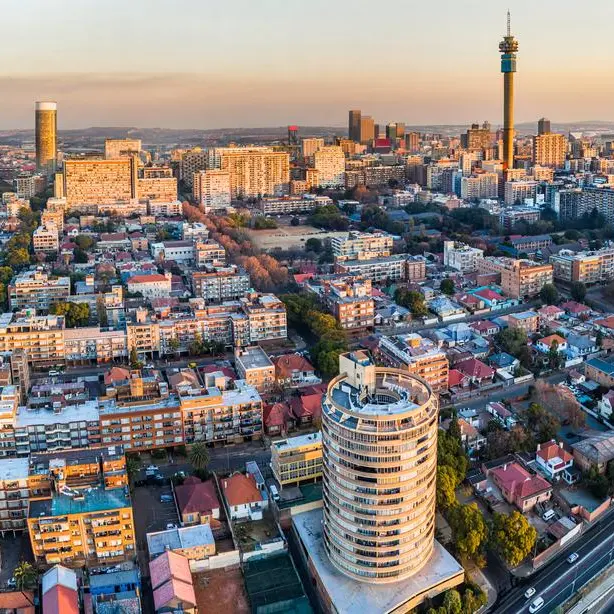PHOTO
THE African Agricultural Technology Foundation (AATF), has advised cowpea farmers in the country to take advantage of identified planting windows, which was carefully arrived at after studying the weather pattern in the last few years.
AATF regional representative for West Africa, Dr Jean Baptiste, gave the advice during a visit to Pandagric Farms, close to Keffi, Nasarawa State, stating that the identified planting windows suitable for cowpea, commonly known as beans, would help farmers manage the vulnerability of climate change.
According to him, farmers in the Sahel region, comprising Borno, Yobe, Jigawa, parts of Katsina and Sokoto states, should endeavour to plant from the third and fourth week of June to enable them maximise the opportunities of early rains and beat any possibility of early cessation, while those in the Sudan Savannah region, including Kebbi, parts of Sokoto, Zamfara, Katsina, Kano, Jigawa, Bauchi, Yobe and Borno states, should plant from the first to second week of July.
He equally urged those in the Northern Guinea Savannah – Bauchi, Kaduna, parts of Katsina, Kano and Zamfara to commence planting from the third week of July to first week of August, while those in Southern Guinea Savanna, such as Niger, Kwara, parts of Abuja, Adamawa, Taraba and Gombe, have the first to third week of August to plant.
Related News Cattle rearers task Tinubu on ending herders-farmers crisis Why African trade unions are calling on US to lift commercial, financial blockade against Cuba Post elections: Where real estate investors can pitch their tents —Experts
After two years, some farmers have taken advantage of the prolific nature of the pod borer resistant cowpea to undertake two planting seasons during the course of the planting year.
According to statistics from the Institute for Agricultural Research, Ahmadu Bello University, Zaria, the PBR cowpea is the most sought after cowpea variety in the country currently.
The variety is most preferred by farmers due to its early maturing quality, use of less chemical spray, high yielding and high folder production.
Speaking further he said, the dry season cowpea production being implemented by AATF includes the cowpea field in Panda, which is over 35 hectares in size that will ensure that the variety produces at its peak when pest pressure and other climate vulnerabilities are absent.
Baptiste said because of the effects of climate change, which include either too much or too little rainfall or an early end to the rainy season, beans are not producing at their optimum potentials, making it difficult for Nigerian farmers to collect their crops.
“After a careful study of the situation, we have come to understand that because farmers are not guided on when to plant, crop productivity is often interrupted by climate uncertainties. The rain fall pattern for the country is not uniform and each year comes with its own surprises, so it is important for farmers to be accurately guided,” he said.
He noted that in the last few years, farmers have been suffering from several uncertainties associated with the rainfall pattern, and this has greatly reduced cowpea productivity.
“It is either the rain is too much, submerging cowpea farms all over the places as a result of flash flood or the rains end suddenly, or drought sets in at a time the crop needs enough water,” he said.
Copyright © 2022 Nigerian Tribune Provided by SyndiGate Media Inc. (Syndigate.info).





















